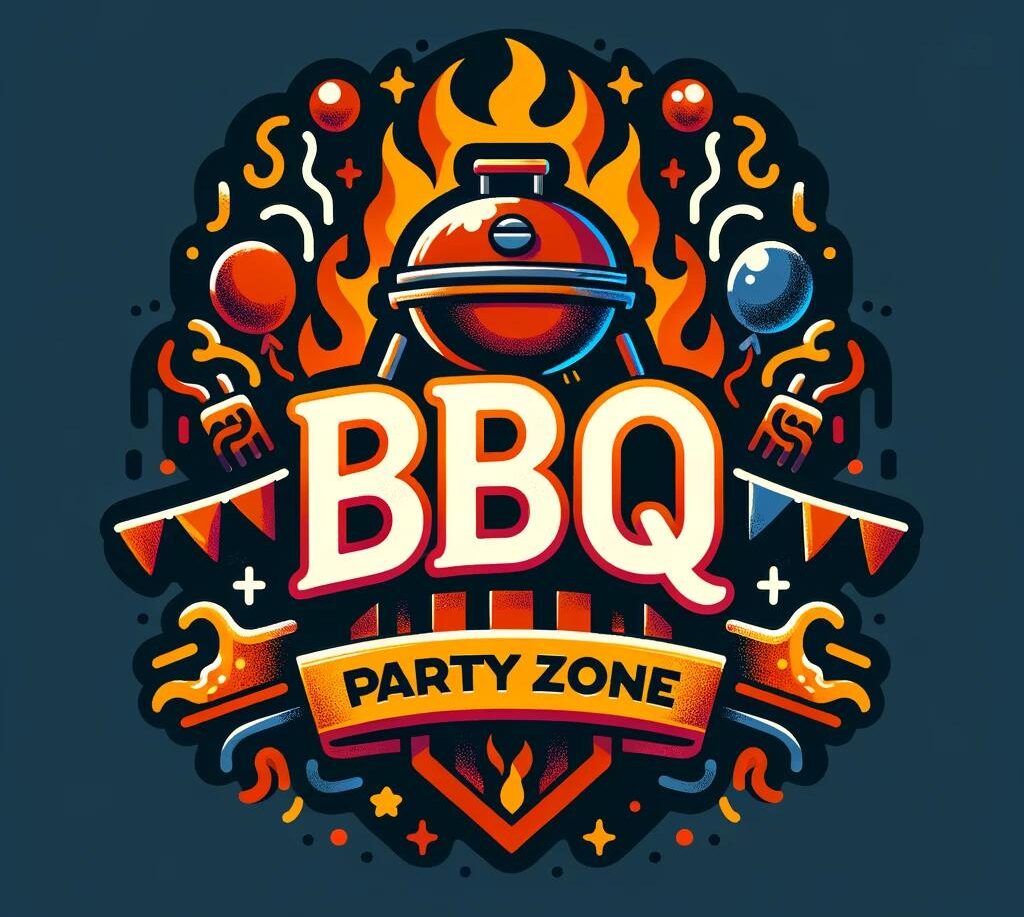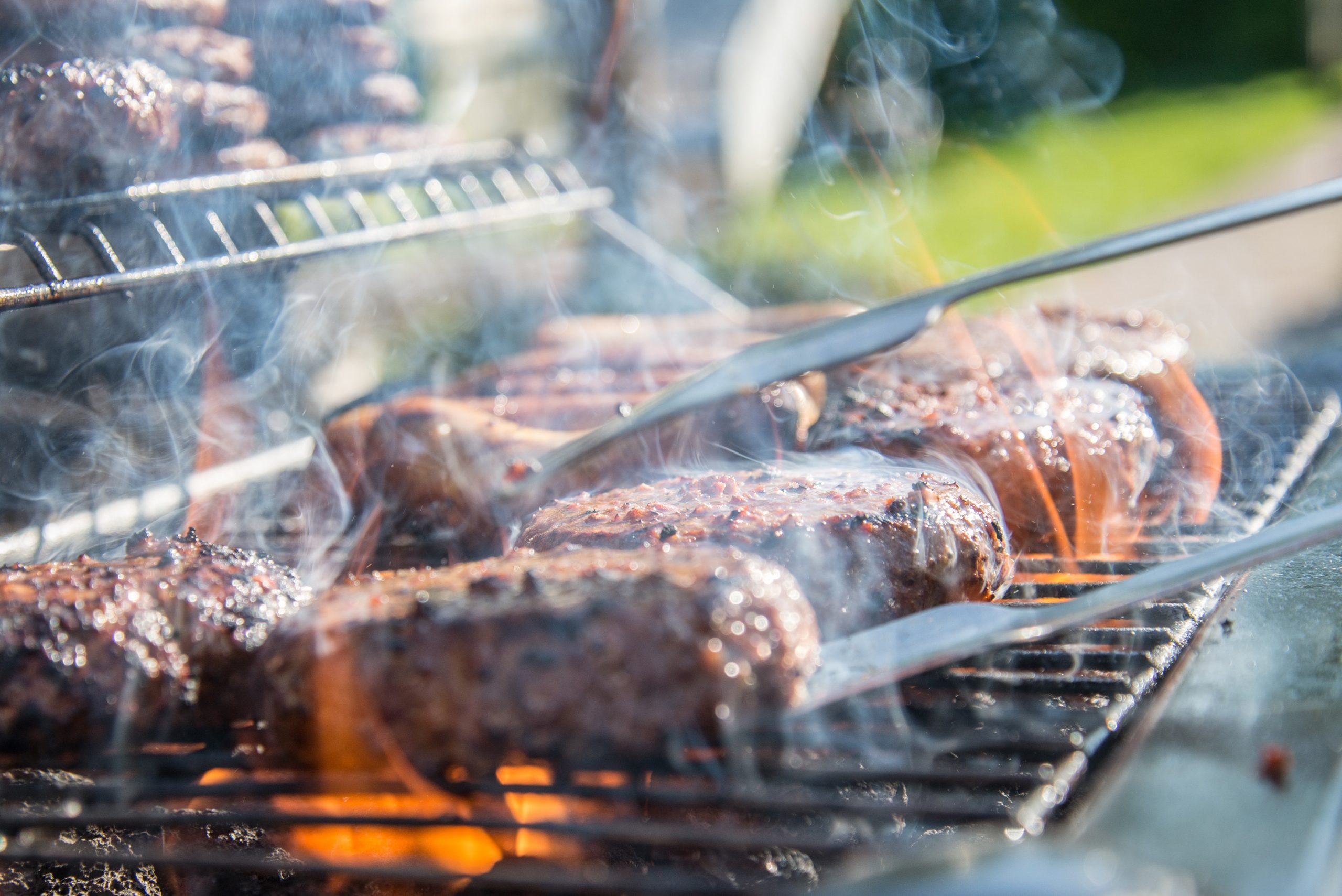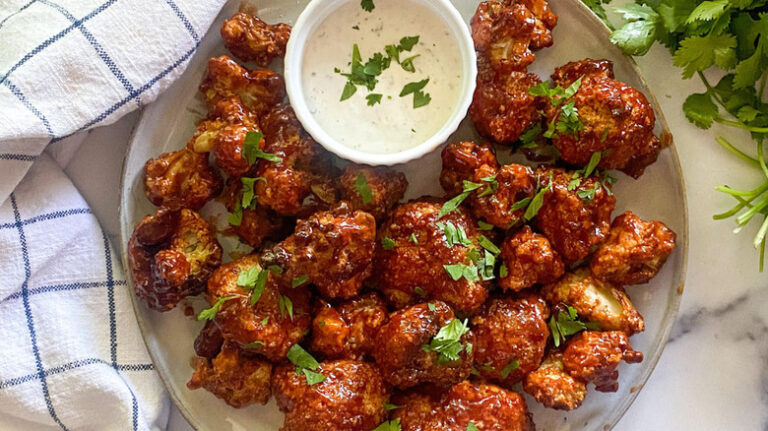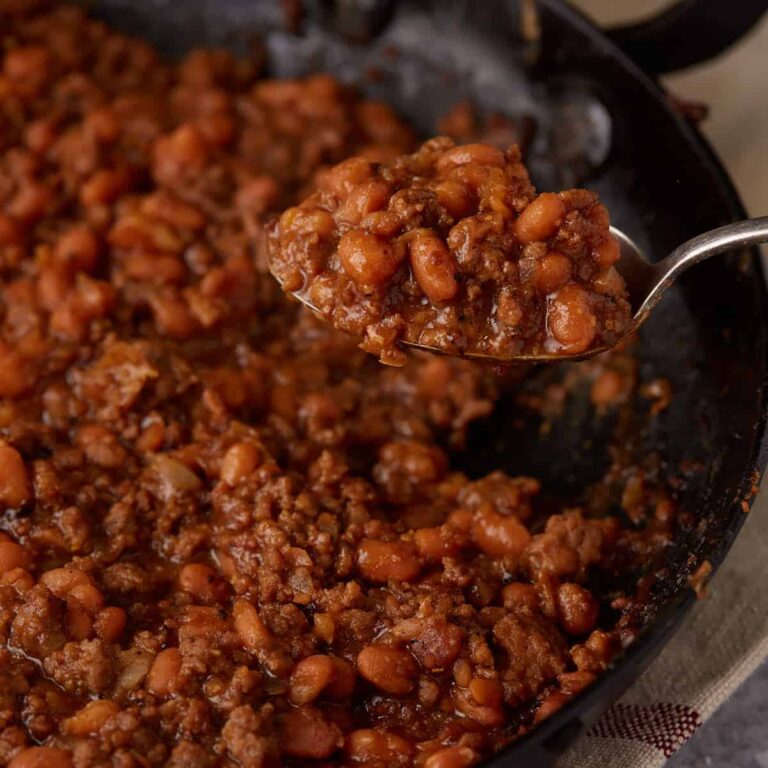15 Essential BBQ Cooking Tips and Tricks
Ready to become the pitmaster of your dreams? Think juicy steaks, perfect char lines, and the kind of ribs that make your neighbors wish they were invited. Whether you’re a grill novice or the seasoned sultan of smoke, these BBQ Cooking Tips and Tricks are your secret sauce to elevating your BBQ game.

We’ll cover everything from firing up your grill to that final, victorious bite. So, grab your tongs and let’s turn up the heat! By the end of this, you’ll be dishing out BBQ so good, folks might just start lining up. Ready to dive in? Let’s get grilling!
What is the best way to cook barbecue?
Cooking up a stellar barbecue is all about mastering the heat. Whether you’re working with a grill or a smoker, the key to success lies in controlling temperature. Start by choosing the right heat source: charcoal gives a rich, smoky flavor, while gas offers precision and convenience.
Use a two-zone setup—hot direct heat for searing meats to crispy perfection, and cooler indirect heat for slower cooking. This method helps manage flare-ups and cooks your food evenly. Don’t rush the process; slow and steady brings out the best flavors. Lastly, keep a meat thermometer handy to ensure everything is cooked to juicy, safe perfection. Remember, great BBQ is more marathon than sprint, so take your time to get those flavors just right.
What is the cooking technique of BBQ?
BBQ isn’t just a cooking method; it’s an art form that marries flavor with technique. At its core, BBQ involves cooking meat slowly over low, indirect heat with plenty of smoke to add that unmistakable woody flavor. This can be done using various techniques:
Smoking:
Ideal for imparting deep, smoky flavors to meats. This involves cooking at low temperatures (200-275°F) over several hours. Whether you use a dedicated smoker or a charcoal grill, the key is maintaining consistent, controlled heat while enveloping the meat in smoke.
Grilling:
Best for quick-cooking cuts, grilling uses higher temperatures for a shorter time over direct heat. This technique sears the outside, locking in juices while creating a tasty crust.
Indirect Grilling:
A hybrid approach, where the meat is placed next to, not directly over, the heat source. It’s perfect for thicker cuts that need longer cooking times without burning.
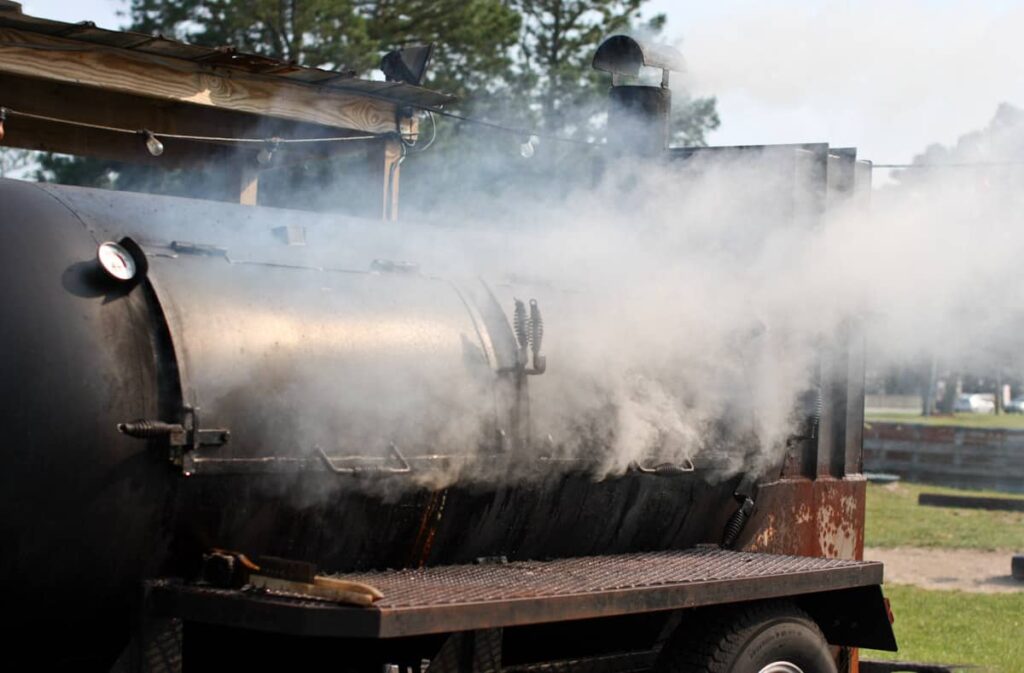

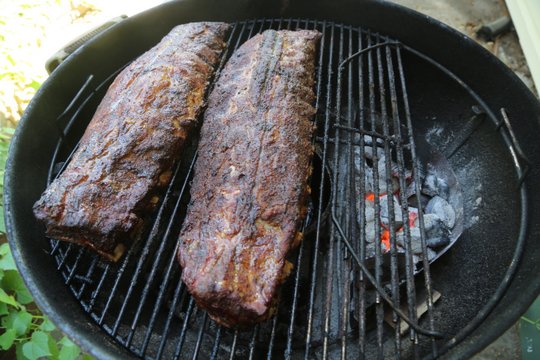
Each technique can be tailored to the type of meat and the desired outcome, making BBQ a versatile choice for any gathering. Experiment with different woods and heat levels to find your perfect BBQ style!
15 Best BBQ Cooking Tips and Tricks for a Perfect BBQ

Choosing the Right Meat for BBQ: A Guide to Flavorful Success
Selecting the right meat is foundational to achieving BBQ perfection. When shopping, opt for high-quality cuts that are well-marbled; fat equals flavor and helps keep the meat moist during cooking. For beef, brisket and ribs are top choices because they thrive under slow-cooking, which breaks down the tough fibers and maximizes tenderness. Pork shoulders or ribs are also fantastic as they beautifully absorb smoke and develop a rich, complex flavor profile.
Chicken, often overlooked, should be cooked skin-on to protect the meat from drying out and to enhance its natural flavors. When using fish, choose sturdy varieties like salmon or whole fish that can withstand the heat of the grill without falling apart.
Always consider the cooking method—smoking, slow-cooking, and indirect grilling go well with tougher cuts like shoulder or brisket, while direct grilling is best for tender cuts such as steaks and seafood. Lastly, always let your meat reach room temperature before it hits the grill to ensure even cooking. By starting with the right cut and matching it to the appropriate cooking style, you’re on your way to a delicious BBQ experience.
1. Prep Early: Marinate Your Meats the Night Before
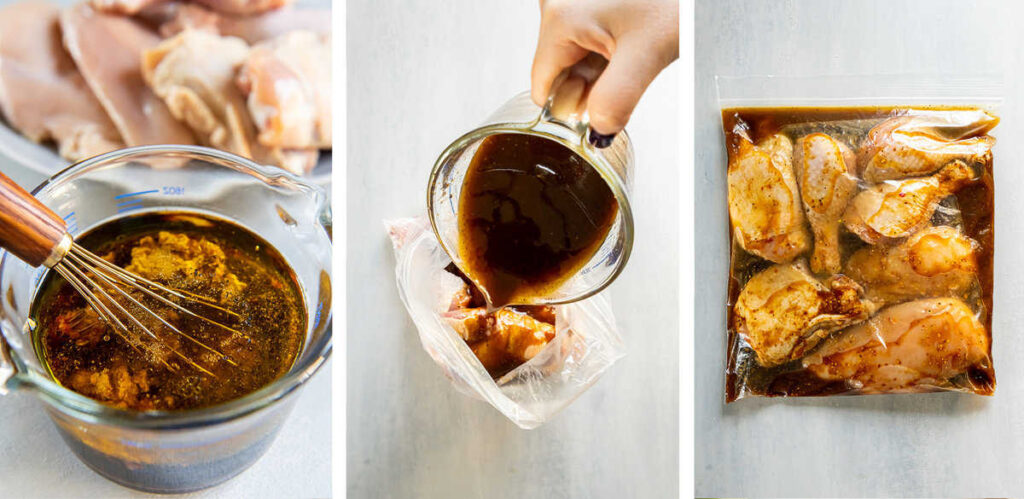
Marinating your meats the night before not only deepens the flavors but also tenderizes tougher cuts, enhancing texture and juiciness. A good marinade typically includes acids like vinegar or citrus juice, fats such as oil, and an array of spices and herbs.
This combination breaks down proteins in the meat, allowing flavors to penetrate deeply. Whether you’re preparing chicken, beef, or pork, ensure each piece is evenly coated and refrigerated to absorb the flavors safely. This step promises a rich, robust taste that merely seasoning before grilling can’t achieve.
2. Control the Heat: Use a Thermometer

Maintaining consistent cooking temperatures is crucial for perfect BBQ. Use a thermometer to avoid the pitfalls of undercooking or charring. For smoking, keep temperatures low around 225°F, whereas grilling might require up to 450°F for proper sear. A thermometer ensures that regardless of your heat source, the internal meat temperatures meet safe cooking standards, leading to perfectly cooked BBQ every time.
3. Create Heat Zones: Set Up Direct and Indirect Areas
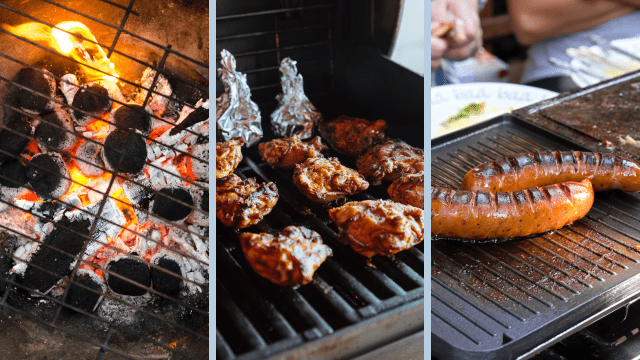
Setting up your grill with direct and indirect heat zones allows for versatile cooking—sear over direct heat and slow roast over indirect. This method prevents delicate items from burning while still cooking them through. For example, start steaks over direct heat to get a flavorful crust, then move them to indirect heat to finish cooking without excess char. This setup mimics oven roasting, making your grill extraordinarily adaptable.
4. Patience is Key: Allow the Grill to Fully Preheat
Allowing your grill to fully preheat is a step you shouldn’t skip. A properly heated grill sears meats on contact, keeping them moist inside. Preheating also sterilizes the cooking surface and helps prevent sticking. For charcoal grills, wait until the coals are covered in white ash; for gas, 15-20 minutes on high should do the trick. This initial patience pays off with optimal cooking conditions and better flavor.
5. Oil Wisely: Oil the Food, Not the Grates
Oiling your food instead of the grates ensures that the seasoning sticks to your meat, not your grill. Apply a thin layer of high-smoke-point oil like canola or peanut oil to your meat. This method enhances flavor, aids in heat transfer, and reduces sticking—essential for delicate proteins like fish and skin-on poultry. Plus, it keeps your grates cleaner and less prone to accumulating burnt residues.
6. Use the Lid: Keep It Closed to Regulate Temperature
Using your grill’s lid effectively controls the temperature and prevents flare-ups. Keeping the lid closed mimics an oven environment, circulating heat evenly and speeding up cooking times. It also traps smoke and steam, which imbues the food with those characteristic BBQ flavors. Open the lid only to turn or move items, minimizing heat loss.
7. Choose Quality Meat: Opt for High-Quality Cuts
The foundation of great BBQ is high-quality meat. Select cuts with good marbling—flecks of fat within the muscle—which melt during cooking to naturally baste the meat, keeping it moist and flavorful. Grass-fed beef, heritage-breed pork, and free-range chicken not only taste better but often cook more evenly due to their superior texture and consistency.
8. Keep It Clean: Regularly Clean Your Grill
Keeping your grill clean is essential to prevent build-up of old fats and charred residue that can impart unpleasant flavors to your food. After preheating, use a grill brush to scrub the grates clean of debris. Regular maintenance not only improves taste but also extends the life of your grill. Clean grates mean healthier, tastier food every time you BBQ.
9. Smoke Adds Flavor: Use Wood Chips or Chunks
Incorporating smoke through wood chips or chunks can significantly enhance the flavor profile of your BBQ. Different woods impart different flavors; hickory adds a strong, bacon-like taste, while applewood offers a sweeter, milder touch. Soak chips in water before using to prevent them from burning too quickly and to encourage a slow, steady smoke that seasons the meat throughout the cooking process.
10. Don’t Overcrowd: Give Meats Plenty of Space
Avoid overcrowding your grill. Spacing out the meat allows heat to circulate evenly, ensuring each piece cooks at a similar rate and receives adequate smoke exposure. Overcrowding can lead to uneven cooking and can also cause temperature fluctuations that may necessitate longer cooking times. A less crowded grill also allows you to manage flare-ups more effectively, which can burn the meat if not controlled.
11. Rotate for Consistency: Move Food Around
Rotating and moving food on the grill ensures that each piece cooks evenly, particularly over uneven heat sources. This technique helps prevent undercooked or burnt spots. Make a habit of turning meats halfway through the expected cooking time, and switch positions on the grill if some areas are hotter than others. Consistent rotation and careful placement yield uniformly cooked meats every time.
12. Check the Fuel: Ensure You Have Enough
Before starting your BBQ, ensure you have ample fuel—charcoal or gas—to last through the cooking process. Running out mid-cook is a hassle and can lead to undercooked food. For charcoal grills, have extra briquettes on hand to add as needed. For gas grills, check the propane tank level and have a backup ready if you’re planning a long cookout. Adequate fuel ensures a steady, uninterrupted cook.
13. Rest Before Serving: Let Meats Rest
Allowing meats to rest after cooking redistributes the juices within the meat, ensuring that each bite is moist and flavorful. Cover loosely with foil and set aside for about 10% of the cooking time. This pause relaxes the meat’s fibers, allowing the juices that have driven towards the surface during cooking to reabsorb and distribute throughout the meat. Skipping this step can lead to dry, tough BBQ.
14. Baste at the End: Apply Sauces in the Last Few Minutes
Adding sauces and glazes towards the end of cooking prevents them from burning and allows enough time for them to caramelize nicely. High sugar content in sauces can cause them to burn if exposed to high heat for too long. Apply them in the last few minutes and let them heat through to enhance flavor without risking a burnt crust.
15. Experiment: Try Different Spices and Techniques
The final tip for perfect BBQ is to keep experimenting. Every type of meat and BBQ method might benefit from different combinations of spices and cooking techniques. Mix up your routines with new spices, marinades, and methods like brining or slow-smoking to discover what works best for your taste. The adventure of trying new things can lead to your next BBQ breakthrough.
Wrapping Up
Armed with these 15 expert tips, you’re now equipped to elevate your BBQ game and impress at your next cookout. From choosing the right meat and mastering heat zones to the finer points of marinating and using wood smoke for flavor, every step plays a crucial role in achieving barbecue perfection.
Remember, the key to great BBQ isn’t just about following rules—it’s about experimenting with flavors and techniques to discover what works best for you and your palate. Keep your grill clean, your tools ready, and your ingredients of the highest quality, and you’ll turn every BBQ session into a flavorful feast.
So fire up your grill, embrace the process, and get ready to enjoy some of the best cooking outdoors has to offer. Happy grilling, and may your BBQ be as delightful as the company you share it with!
